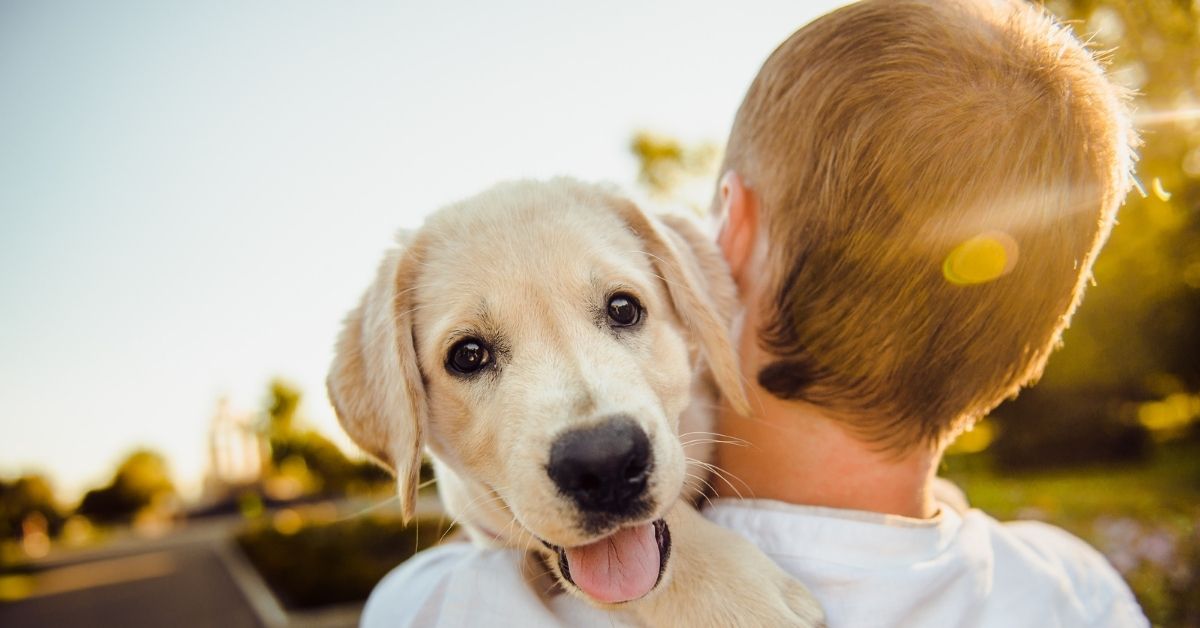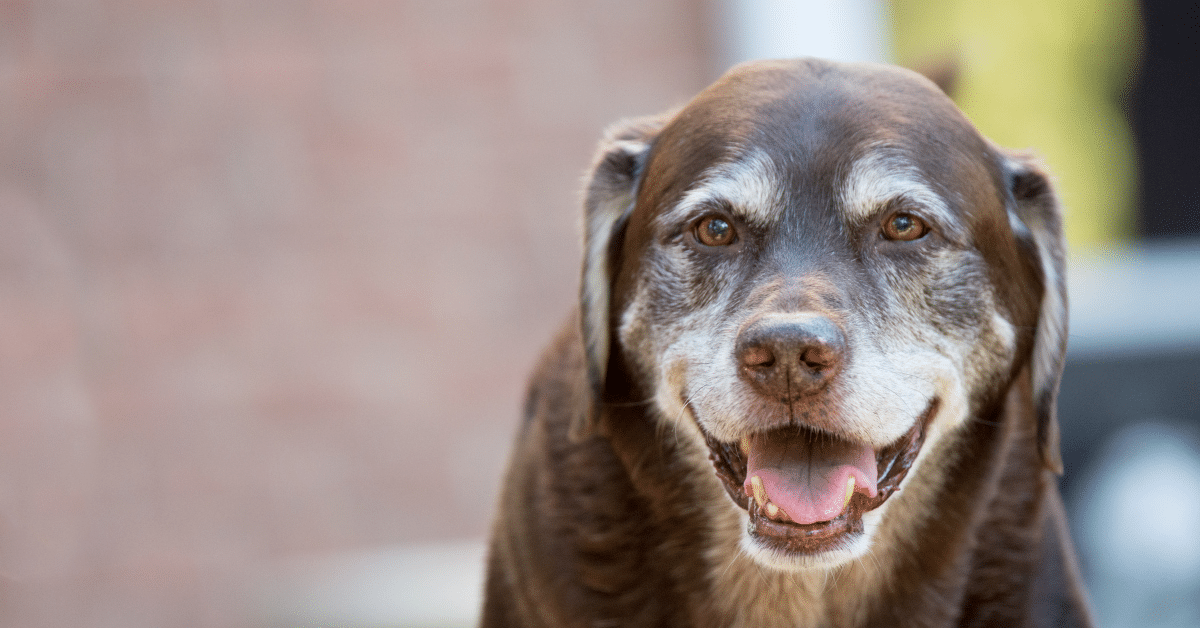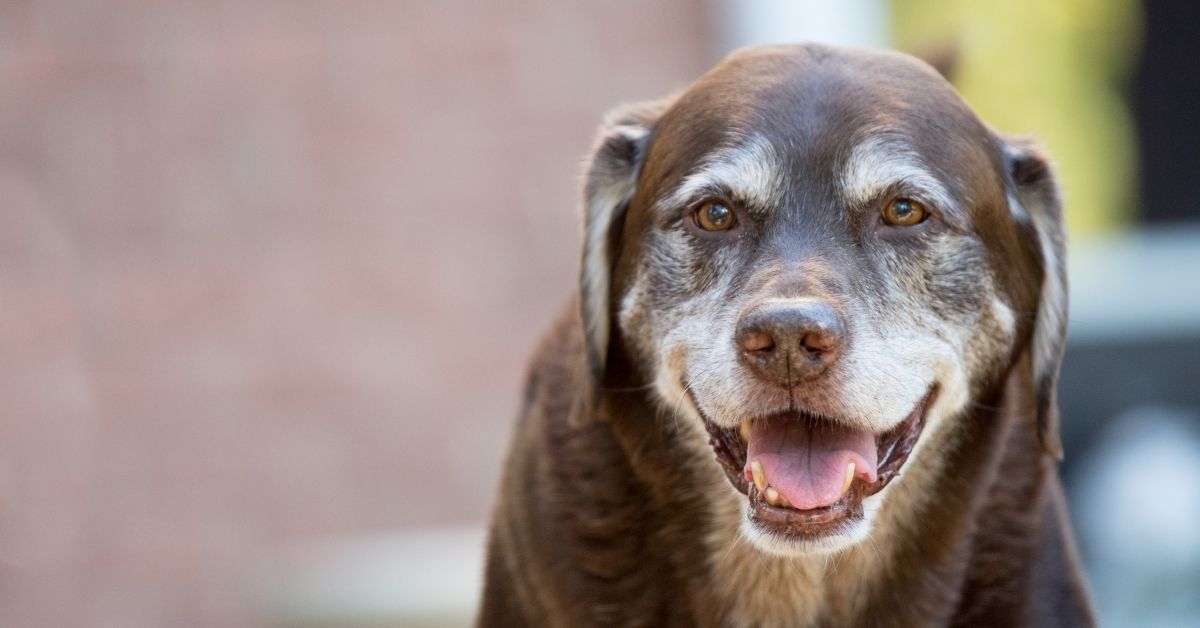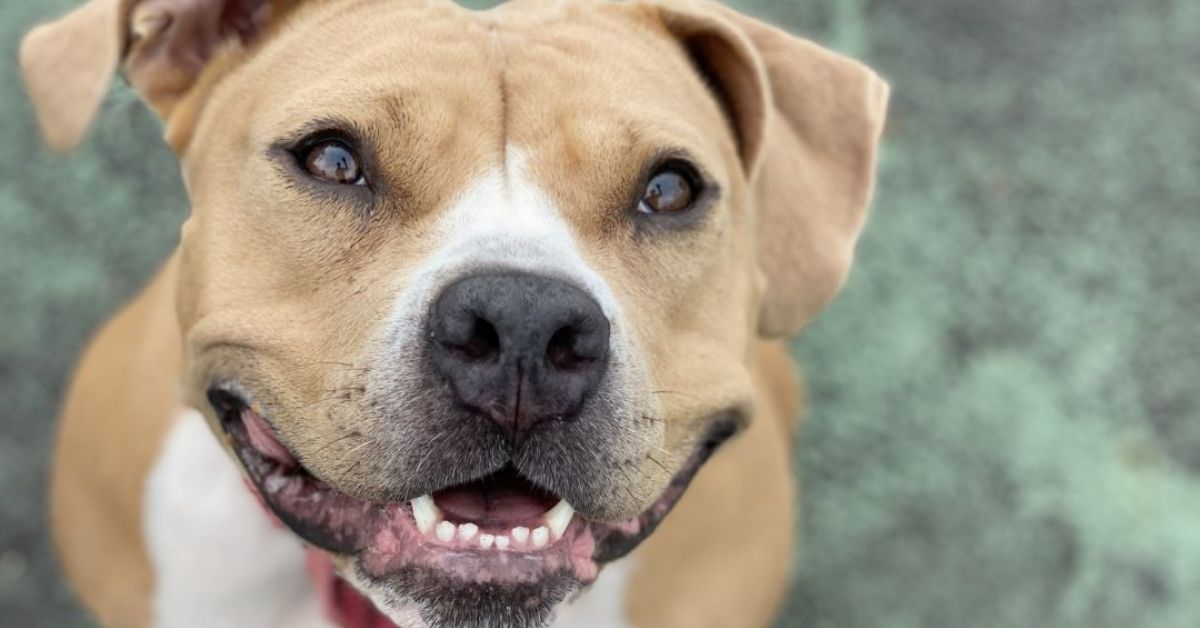How to Make Your Puppy Happy
Bringing home a puppy tends to make the whole family happy, but have you ever thought about putting a plan in place to make your puppy happy? Just like babies, puppies come with their own set of unique needs. By meeting your puppy’s needs, you will help your puppy to grow up happy and healthy!
Here are 9 Ways on How To Make Your Puppy Happy:
1. Keep your puppy with his role model dogs during the first 12 weeks of life.
Keeping your puppy with his “kind” during the formative growth period will make him happy! While your puppy is most influenced by his mother during his first weeks of life, under most circumstances he will be weaned by 7 weeks. Often times, puppies are taken from their mother and litter mates at that time. Doing so could jeopardize his happiness. Even though a puppy is weaned, he still needs his mom and litter mates to teach him how to be a happy, successful puppy.
Knowing things makes puppies happy! Puppies acquire many social skills from their mom and litter mates. Acceptable forms of behavior are learned during these early weeks as well. Things like mouthing pressure, how tough to wrestle with other dogs and even the ranking process are explored during the first twelve weeks of life. This time of life is so important. In fact, if certain skills are not learned during this “how to be a dog” process, it’s possible the lack of acquisition could cause problems later on.
2. Begin positive training sooner rather than later.
Positive reinforcement will make your puppy happy! It is like spun gold, hence a sure fire way of making your puppy happy every single day. After all, who doesn’t like a pat on the back and a reward every now and then?
By following some tips and guidelines, you can guarantee the power of positive reinforcement with your puppy.

Be on time when rewarding your puppy.
Happy puppies know what they are being rewarded for, so be on time! This means reward your puppy within seconds of the behavior you’re looking to glorify. Even better reward him while the behavior is occurring. Many trainers use clickers to help the pup make the connection between the behavior, the reward and the click. It’s a powerful too.
Be consistent when rewarding your puppy.
Happy puppies know what to expect from you! Use the same commands all of the time. Train every household member or other person that is going to have frequent access and interaction with your puppy. You should also reward the behaviors you want to see repeated and never reward those behaviors you don’t wish to see. Begin by rewarding your puppy every single time he shows you the desired behavior and then slowly scale back by rewarding him every second or third time.
Use different rewards for good behavior.
Variety is the spice of life, right? Even puppies get bored so change the rewards your puppy receives for good behavior. You can use treats, toys, or verbal praise. Find out what keeps your dog begging for more and use those rewards. Just change it up. The surprise element is huge. Can you imagine opening the same present for every single holiday? Your puppy will show his disinterest in more ways than one.
3. Take your puppy to the vet.
Make your puppy happy by taking him to the vet. Good health is the basis for a happy life, whether you’re a puppy, human or any other animal. It’s hard to be happy if you don’t feel well, right? Puppies are no exception.
Puppies will require core vaccinations as recommended by the AVMA. Core vaccines are distemper, parvovirus, and rabies. Other vaccines are recommended dependent upon the region in which you reside. Vaccines for Lyme disease, Bordetella and Leptospirosis are a few examples of recommended vaccines.
Puppies should also be spayed or neutered. There are many health benefits to doing so. Educate yourself on these benefits before deciding against either. Long term ramifications exist if you decide not to. Most veterinarians will recommend that you wait until your puppy has at least four months of age. Spaying a puppy before they go into heat will almost ensure she will never develop mammary cancer.

4. Feed your puppy a diet fit for a puppy.
Feed your puppy a high quality puppy food. Talk to your vet about what food would be best for your dog, but also do your own research based on your own philosophy of feeding. Puppies have special dietary and nutritional needs that can’t be met by eating a diet meant for adult dogs. Protein, fat, carbohydrates and calories are all significant in support proper growth and development for your puppy. Puppies should not only eat puppy food, but they should also be fed at least three times each day for the first six months of life. At six months, you can reduce feeding to twice per day.
5. Socialize your puppy.
A happy, confident puppy is one that is comfortable in the world around him. Mother Nature has determined that a puppy must be socialized while he’s a puppy to give him the best chance at being comfortable with the sights and sounds of the human world. Once the invisible line has been crossed a puppy will naturally become suspicious of new things. He will determine that which he has not been exposed to as a potential danger. This response is part of the natural development all puppies go through. It is recommended that puppies be socialized by 18 weeks old and even that is considered late. By the time a puppy reaches the age of one year, the window of accepting new things is almost closed. Socializing adult and senior dogs is possible, it just takes a lot more work essentially undoing the lack of early socialization.
6. A happy puppy is a clean puppy, but not too clean.
Most puppies will need to be bathed and groomed from one to four times per year. The frequency of bathing and grooming depends on the breed of puppy you have. Puppies should not be bathed before they reach four weeks old. You should really wait til about your puppy is about six to eight weeks old to give them a bath. Puppies have trouble regulating their body temperatures so bathing them will make them cold and increases the potential for illnesses. Too many baths can strip the natural oils from a puppy’s coat and cause dry skin, which can lead to excessive scratching, and skin issues like hot spots.
7. Brush your puppy.
Brushing your puppy is very important and can occur much more frequently. It removes loose hair from a shedding puppy. It also removes and prevents matting. Matts can lead to skin infections and that will not make for a happy puppy! Regular brushing also helps to encourage natural oil production. This will promote a silky, shiny coat. Brushing is also great for bonding with your dog and helps you keep tabs on your puppy’s body for skin irritations as well as suspicious lumps and bumps.

8. Make sure your puppy receives adequate exercise.
A tired puppy is a happy puppy and ensuring your puppy receives adequate exercise is crucial. As your puppy continues to grow, the amount of exercise she will need will change. While your puppy is young, veterinarians typically recommend a puppy receive exercise in shorter with lots of time for naps. As your puppy gets older, she can receive longer walks. By the time your puppy is 6 months old, they will be much more comfortable with longer walks.
Keeping your puppy happy will lead to a life of good health and longevity, which is what you want, isn’t it? It will also strengthen the bond you share with your puppy, making the best relationship possible. Keep your puppy happy and he’ll repay you with many years of love and devotion. In fact, you’ll have a best friend for life.
Need help with your puppy? Contact Trusty Tails today and inquire about our Puppy Tails Care program.





